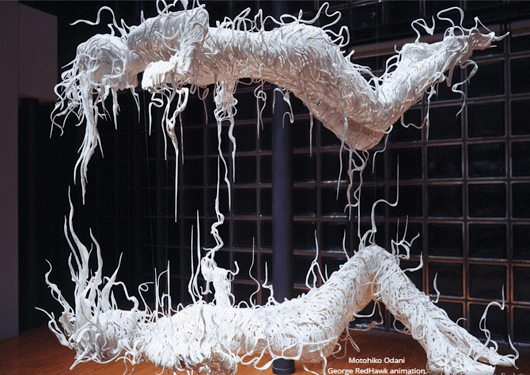The discipline of Medical Illustration requires supreme skills in drawing from life, besides understanding anatomy down to the molecular level. Scientific American describes it as a “symphony”, where “every inked line and a digitally highlighted hue matters essentially to the whole”.
For a symphony so perfect, even if a single “note” goes wrong, it can affect surgeries and healthcare trainings. That’s why medical illustrators need to have a sound understanding of scientific principles besides the much needed artistic knack for coming up with accurate images based on medical information.
What makes a medical illustration impactful and inspiring?
How can a disease process be made to look ‘beautiful’?
How looking at a medical illustration can help a person who needs to make a health decision?
… are some typical questions that constantly irk medical illustrators and drive them towards attaining perfection.
Their exceedingly creative minds see the world and its creatures in a whole new light, so much that even the loss of sight cannot impair that imagination.
One such example is that of an artist, George Redhawk, who suffers from progressive blindness and uses technology as a means to challenge the visual sense of 'order'. He has turned his medical disability into a unique form of art that is not just captivating but also inspiring.
Artistic Scientist or Scientific Artist?
Let’s go inside his mind...
Redhawk’s failing vision was best expressed through this format. That is why his latest work, a surreal fusion of still and morphing motion, is called The World Through My Eyes.
His is a brilliant example of how ‘chaos and confusion’ can pave way for ‘clarity’.
Redhawk hopes to inspire and encourage the disabled through his art. He also wants his works to serve as a reminder that there's a beautiful vision in all of us.
Medical illustration is a dynamic field which is fast pacing with technology and trends. Analogue methods are rapidly dying out as we become more digital. However, the basics are still intact; we still capture and create visual imagery in much the same way, just using a different technology. The future is about how we deliver it.

Is Cell-based Immunotherapy a realistic prospect to treat Cancer?
Scientists are already implementing the “Adoptive T-Cell Immunotherapy” which involves the cultivation of these cells in-vitro and then their re-introduction into the body to destroy the tumor. Read More..











